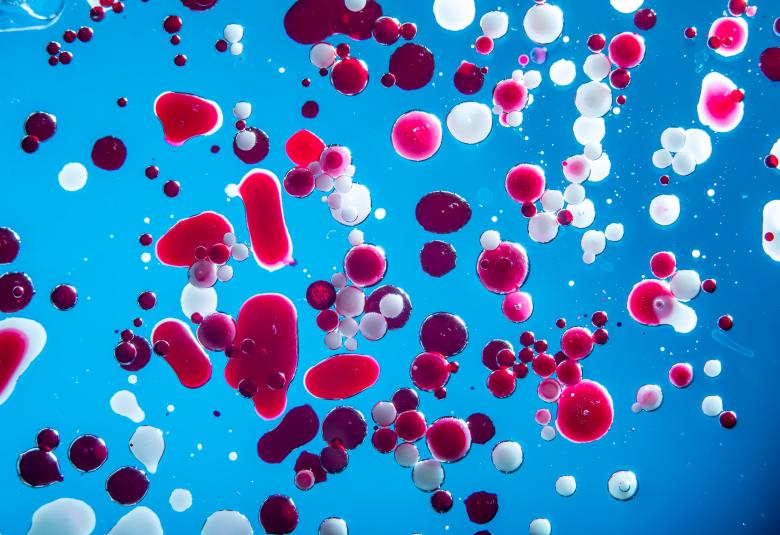Anhedonia is a common symptom of major depressive disorder (MDD) and is reported by approximately 75% of patients.1 Its presence appears to have important implications for the etiology, prevention, and treatment of MDD.2
What is anhedonia?
Anhedonia is associated with a decreased motivation for reward
Anhedonia is a reduced ability to experience3 or anticipate pleasure4 and is characterized by a loss of interest and/or pleasure in previously enjoyable activities:5
- experience of pleasure corresponds to “liking” (consummatory pleasure)
- anticipatory pleasure (“wanting”) relates to motivation
Phenotypically, anhedonia overlaps with emotional blunting,6 which is characterized by a restricted range of normal everyday emotions, including positive and negative emotions.7
Measuring the severity of anhedonia
The SHAPS and EEfRT are used to evaluate anhedonia
The severity of anhedonia can be assessed using the Snaith-Hamilton Pleasure Scale (SHAPS), which is a 14-item, self-reported scale8 that includes statements such as:
- I would enjoy my favorite television or radio program
- I would enjoy being with family or close friends
- I would find pleasure in my hobbies and pastimes
Anhedonia can also be evaluated using the Effort Expenditure for Rewards Task (EEfRT). Individuals with anhedonia have decreased motivation for rewards.9 The EEfRT assesses this motivation10 by measuring their willingness to make efforts to obtain monetary reward under different conditions of reward probability and magnitude.9
Improvements in the EEfRT have been significantly correlated with improvements in cognitive performance,6 but not with the SHAPS score, suggesting that the SHAPS is likely measuring other phenomena beyond reward and motivation.11
What causes anhedonia?
Central dopaminergic, mesolimbic, and mesocortical reward circuits have been linked to anhedonia5
Anhedonia involves the reward system, particularly the mesolimbic dopaminergic system.3 It is related to mood3 and has been linked to disturbances of central dopaminergic, mesolimbic, and mesocortical reward circuit pathways.5
Hedonic tone is the trait underlying an individual’s ability to feel pleasure. A low hedonic tone represents a reduced capacity to experience pleasure and increases the likelihood of anhedonia.3
Improvements in anhedonia correlate with improvements in general function and health-related quality of life,6 and may mediate improvement in social functioning.6
Our correspondent’s highlights from the symposium are meant as a fair representation of the scientific content presented. The views and opinions expressed on this page do not necessarily reflect those of Lundbeck.




